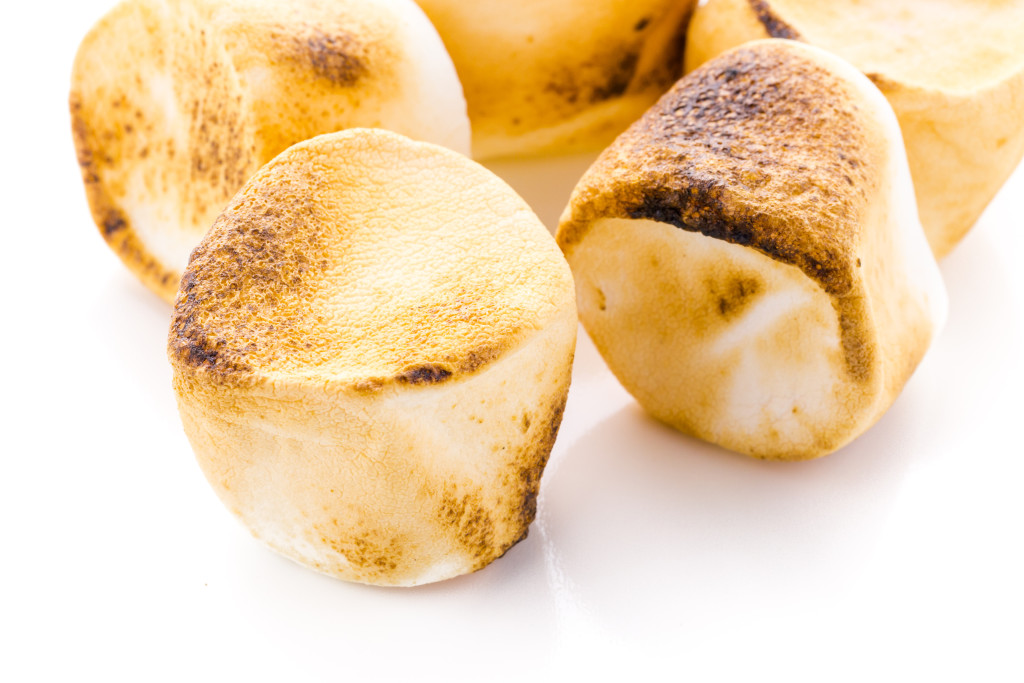Want to learn some science around the campfire?
In this NPR series you’ll learn about the science of the perfectly roasted marshmallow.
It’s the epic quest of campers everywhere: How do you get the perfectly toasted marshmallow? In our inaugural installment of NPR’s Summer Science series, we gave some guidance on the first key ingredient: how to build the campfire.
Joe Palca, NPR Science correspondent and Dan Madryzkowski from the National Institute of Standards and Technology built a campfire to roast the perfect marshmallow.
Here’s what you’ll learn in this fun audio.
First, there are two types of heat coming from the campfire: convective heat and radiant heat.
Convective heat is the heat coming off the fire’s flame itself, while the radiant heat is from the hot coals.
If you put your marshmallow near the flames, in the convective heat, you risk starting a marshmallow fire.
So, keep it in the radiant heat, in a nice pocket by the coals. This is why we let our fire burn down a bit before roasting marshmallows.
It provides more places in the fire with radiant heat from all of those coals. The radiant heat is more even and consistent to toast marshmallows.
Why does a marshmallow catch on fire?
MADRYZKOWSKI:
Because that marshmallow is a piece of fuel. Marshmallows are made predominately of sugar, and what’s in the sugar?
PALCA:
Sugar is made of carbon and hydrogen and oxygen, and as Dan Madryzkowski will tell you, carbon and hydrogen and oxygen are…
MADRYZKOWSKI:
All the things that we need to make a nice piece of fuel.
